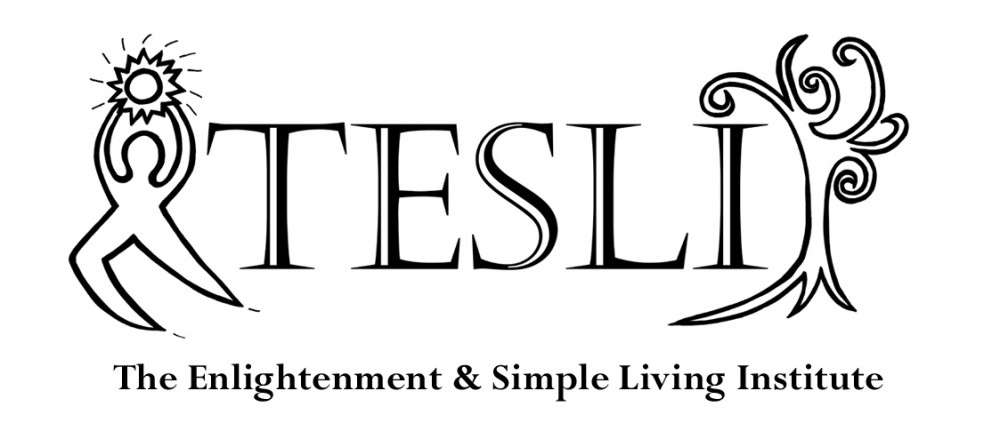In the last decade or two there has been a lot of emphasis on evidence-based practices. My opinion on this focus can be best summed up by Simon Mills (a medical herbalist):
“…perhaps the fact that 90% of all scientists in history are alive today is a reflection of an age out of touch with itself.”
Operating within the construct that the only reasonable drug, herb or practice to use is one that has been validated scientifically is an incredible limitation for a number of reasons.
1) Lack of Research
First imagine everything that exists. For this example I will depict “everything”, including the entirety of knowledge, as a circle.
 In the next picture, the black dots on the circle represent our present day scientific knowledge. Actually, this is probably an exaggeration, we know much less, but I wanted you to be able to see the dots. The number one limitation of basing what herb or drug to choose on scientific knowledge is the extreme lack of knowledge we have. In addition, notice how spread out the dots are. We know a little bit about a wide range of topics, but we don’t have a complete picture of the integrated whole.
In the next picture, the black dots on the circle represent our present day scientific knowledge. Actually, this is probably an exaggeration, we know much less, but I wanted you to be able to see the dots. The number one limitation of basing what herb or drug to choose on scientific knowledge is the extreme lack of knowledge we have. In addition, notice how spread out the dots are. We know a little bit about a wide range of topics, but we don’t have a complete picture of the integrated whole.
 I personally have found very few research studies that reflect what would truly inform actual clinical practice. It is too hard and too limiting to do a study that reflects reality. Reality is too complex, so studies are designed to be simple and only ask a simple question.
I personally have found very few research studies that reflect what would truly inform actual clinical practice. It is too hard and too limiting to do a study that reflects reality. Reality is too complex, so studies are designed to be simple and only ask a simple question.
Not only does the question need to be simple, it needs to be specific. For instance, “Does Cimicifuga (black cohosh) reduce hot flashes?” is too general. First, the type of extract of Cimicifuga needs to be specified and a complete chemical profile performed. Second, the dosing needs to be specified. Third, what is the population? Are we talking surgical menopause? Are we talking natural menopause. Do the women have a hot flash twice a day or ten times a day? Other considerations are the women’s ethnicity, culture, lifestyle, dietary habits, etc. Fourth, what do we consider a reduction? Will this be less instances of hot flash or a reduction in intensity? How do you measure intensity?
Studies that reflect clinically relevant question are rare. For instance, I once reviewed an excellent study on irritable bowel syndrome that compared the efficacy of a stock traditional Chinese herbal formula with a custom blended formula prescribed by a traditional Chinese medical doctor. The doctor did better than the stock formula. That validated my opinion that herbs need to matched to people, not disease names, so I liked the study.
What were the limitations of the study? Well, maybe that doctor just happened to be better than your typical doctor. Indeed, the study really only validated the one doctor, but not the idea that custom formulation based on an individual’s constitution is better. In addition, scientifically, no conclusion is considered valid unless it can be replicated by another independent researcher. This study was not repeated, as is common with herbal research. Who’s going to pay for a study that cannot be used to make a profit?
2) Research Flaws
Read more….


